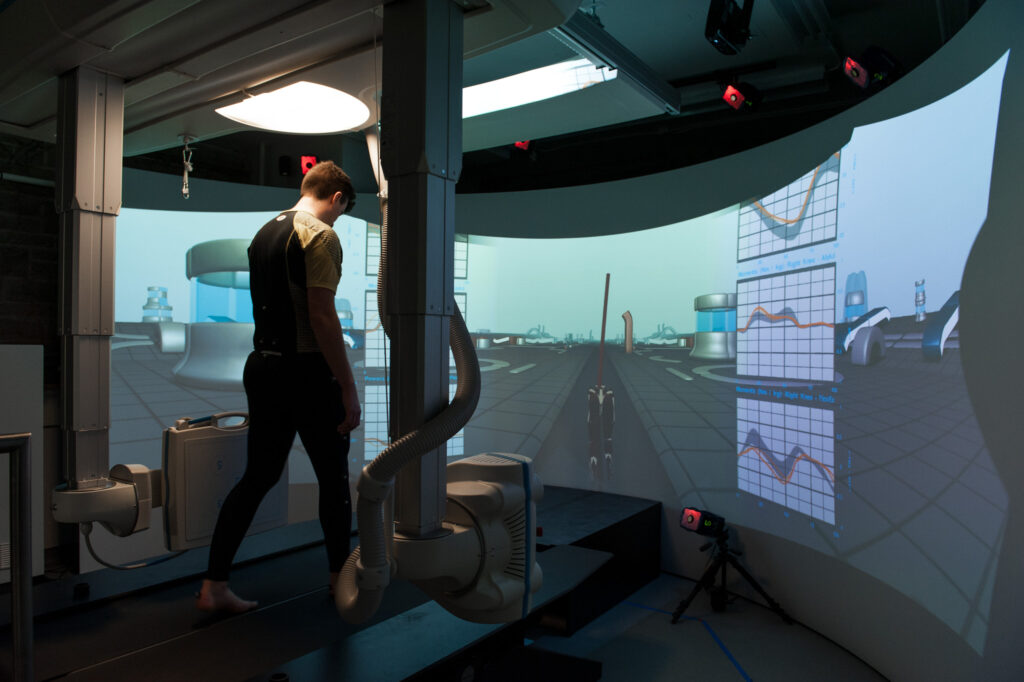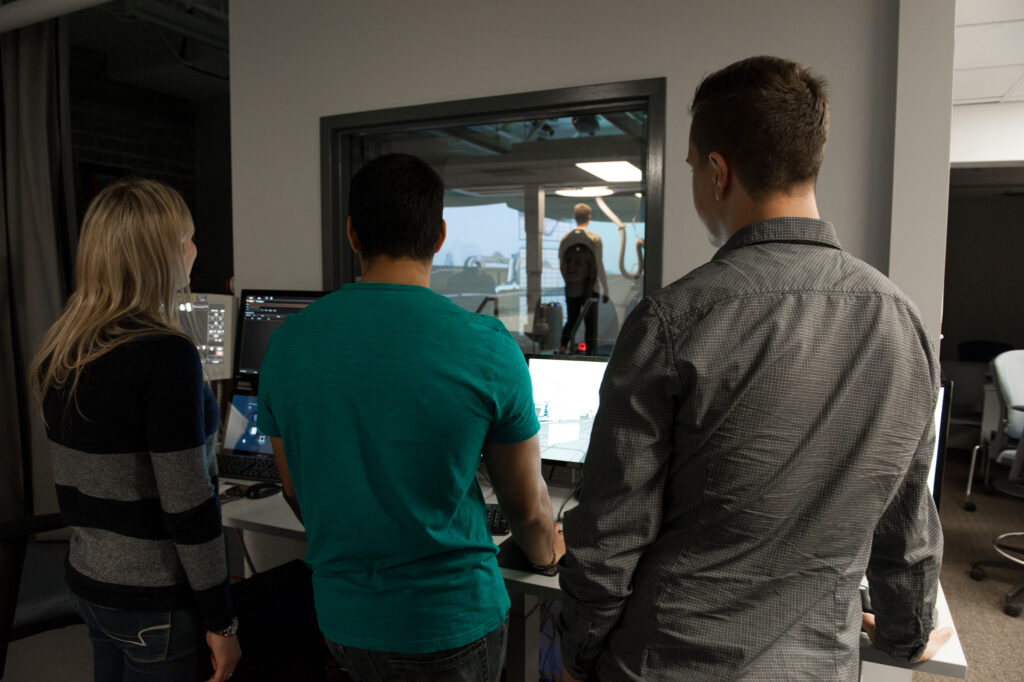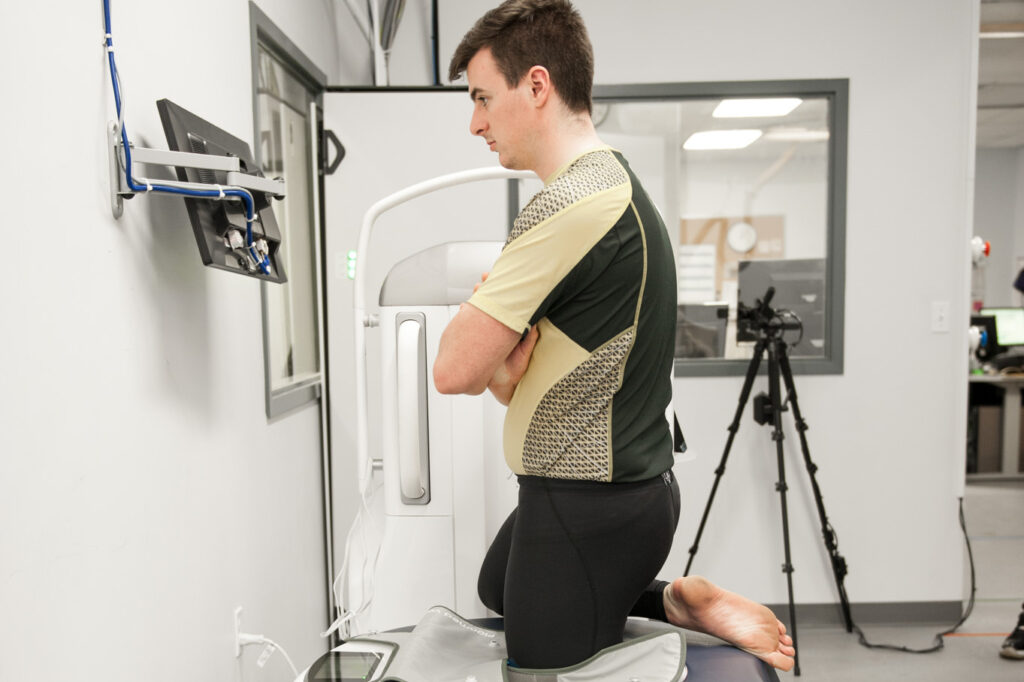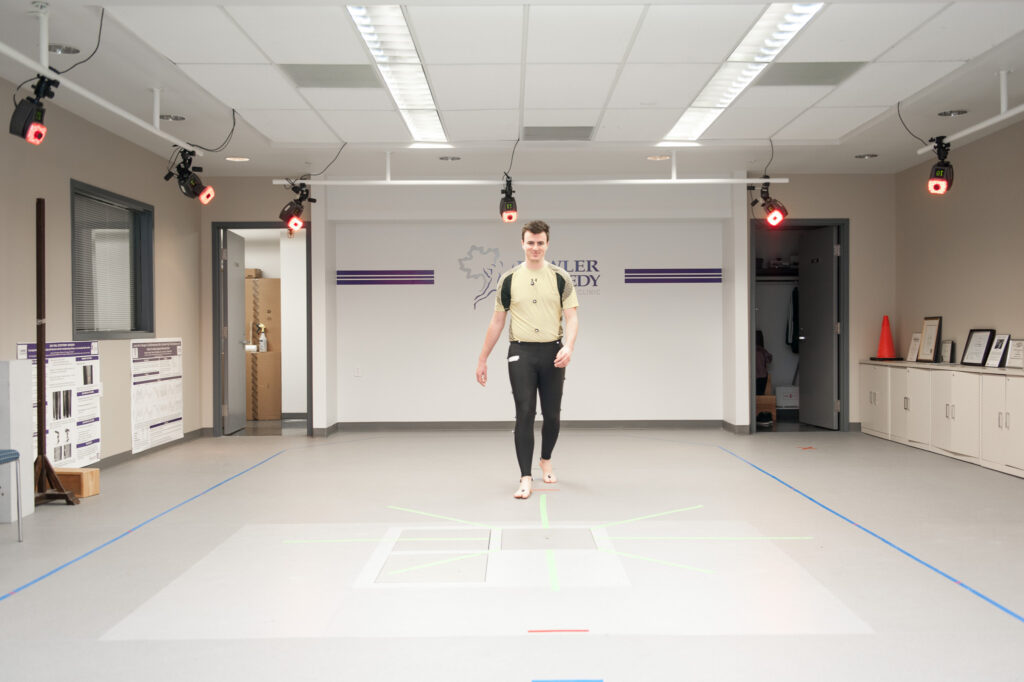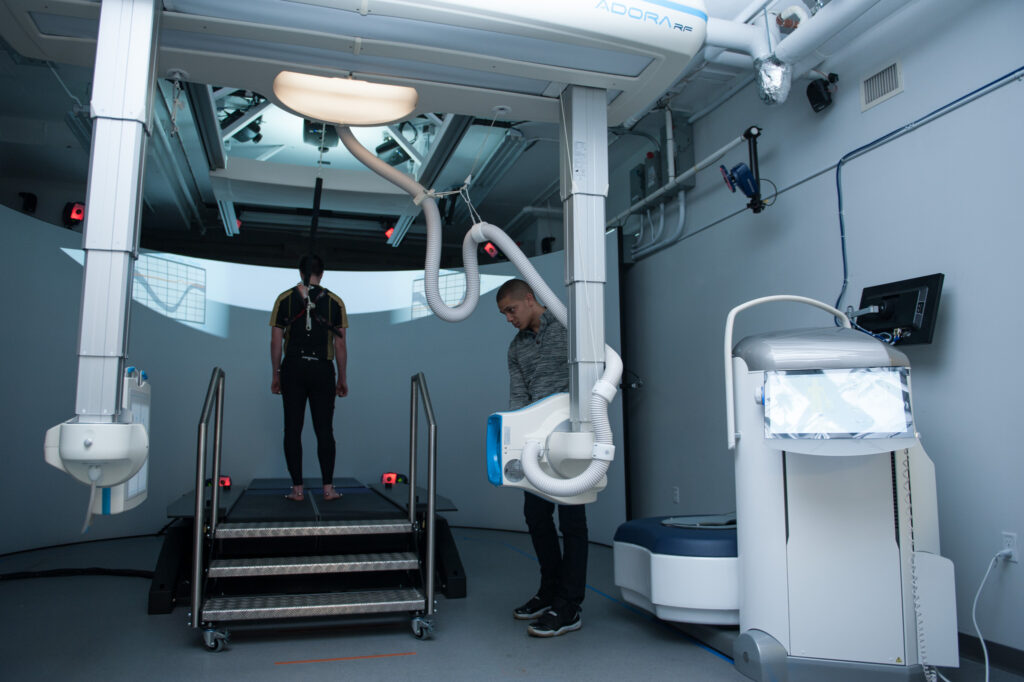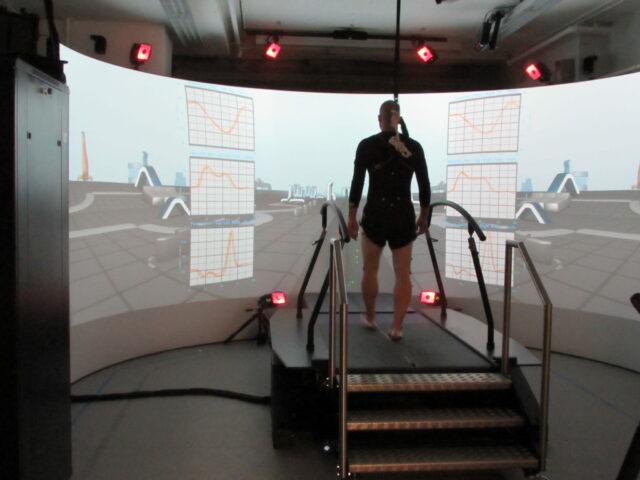The Wolf Orthopaedic Biomechanics Lab (WOBL) is an exciting research partnership between the Fowler Kennedy Sport Medicine Clinic (FKSMC), Western University’s Faculty of Health Sciences, and the Faculty of Engineering. The lab is dedicated to advancing research in human movement and orthopaedic injury rehabilitation.
WOBL takes an integrated approach to studying human locomotion and orthopaedic injuries. Its research program has a strong clinical focus, combining precise laboratory-based measurements of joint function with detailed clinical assessments of patient health and outcomes. This work also supports clinical trials at the Fowler Kennedy Sport Medicine Clinic by adding an objective, data-driven dimension to patient care and recovery.
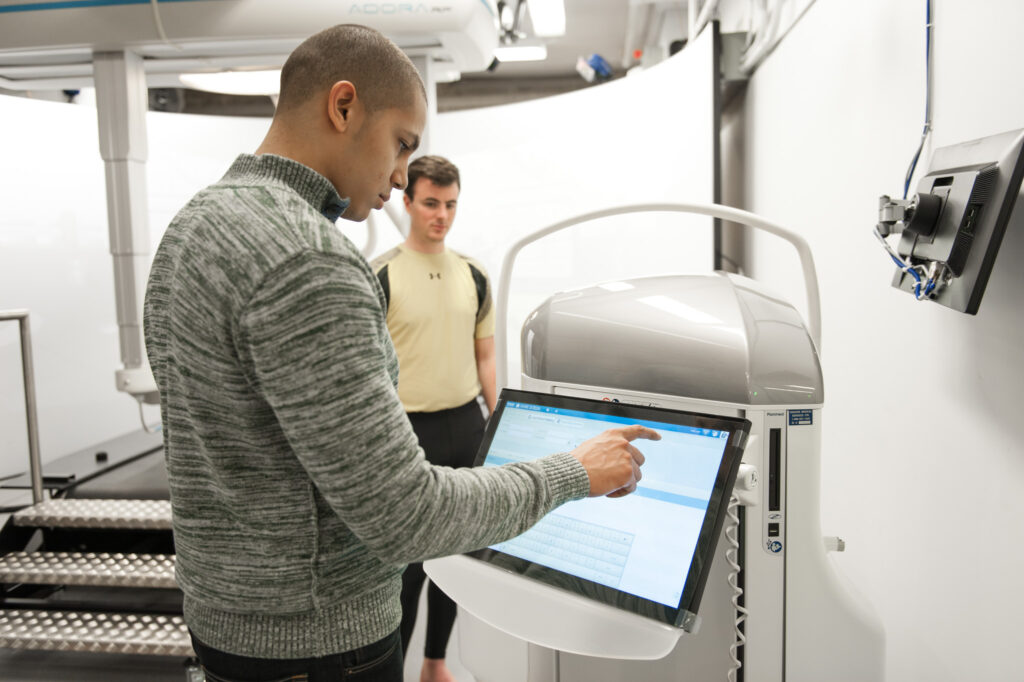
Using a state-of-the-art movement analysis system—equipped with both wireless and real-time technology—researchers at WOBL conduct highly accurate assessments of human movement across a variety of functional activities. These range from walking and running to more complex athletic motions like golf swings, pitching, and throwing. Sophisticated three-dimensional motion capture tracks body markers in real time and is paired with electromyographic analyses to evaluate muscle activation patterns.
The movement analysis system used at WOBL is one of only a few of its kind in North America, offering unique capabilities for orthopaedic research and rehabilitation.
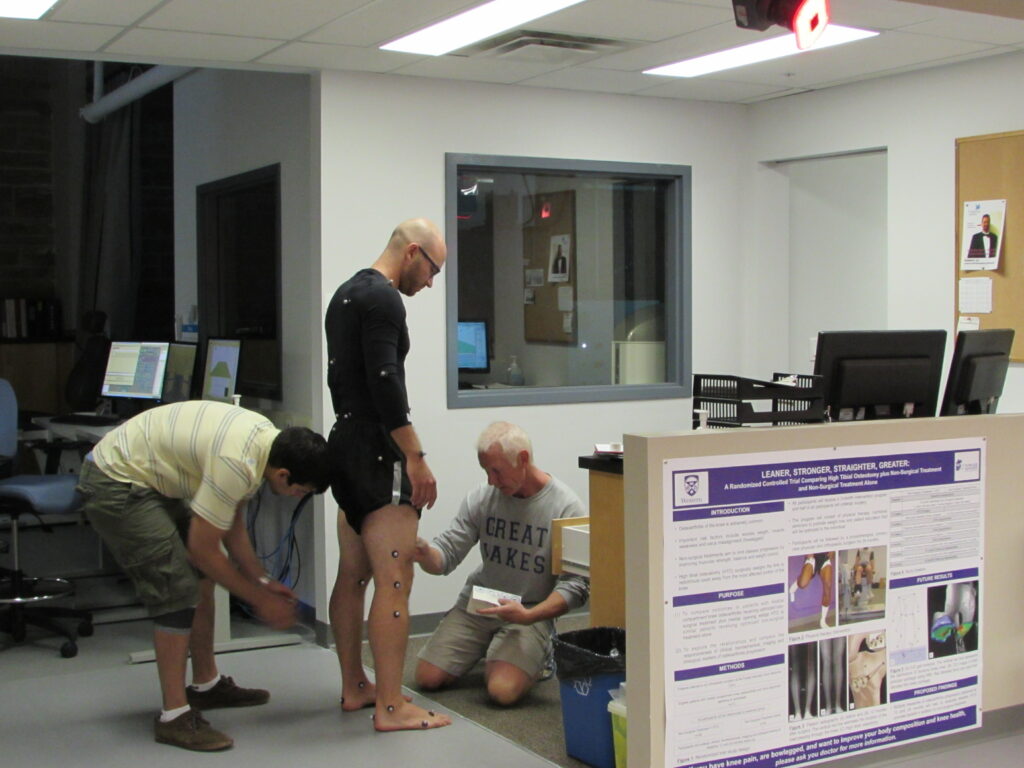
The lab is co-directed by Dr. Trevor Birmingham (School of Physical Therapy), Dr. Thomas Jenkyn (School of Kinesiology and Department of Mechanical Engineering), and Dr. Robert Giffin (Department of Surgery). Together, they lead a multidisciplinary team of researchers with expertise in biomechanics, rehabilitation, and orthopaedic surgery.
With more than 70,000 patients receiving care annually at FKSMC, WOBL is ideally positioned to carry out impactful research that directly improves the quality of life for individuals recovering from orthopaedic injuries.
This important research initiative has been made possible through generous support from the Fowler Kennedy Sport Medicine Clinic research fund, as well as research grants from the Canada Foundation for Innovation, the Ontario Innovation Trust, and the University of Western Ontario Academic Development Fund.
